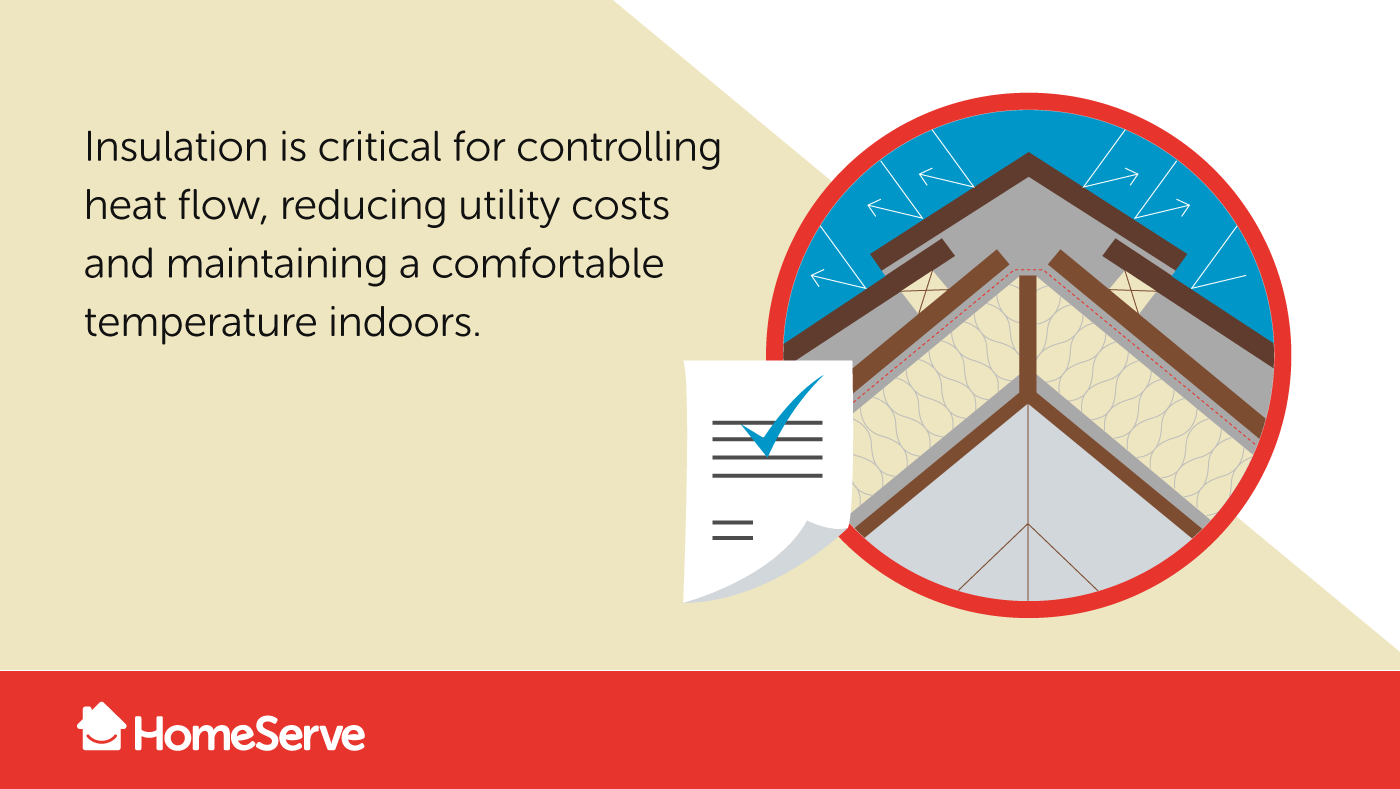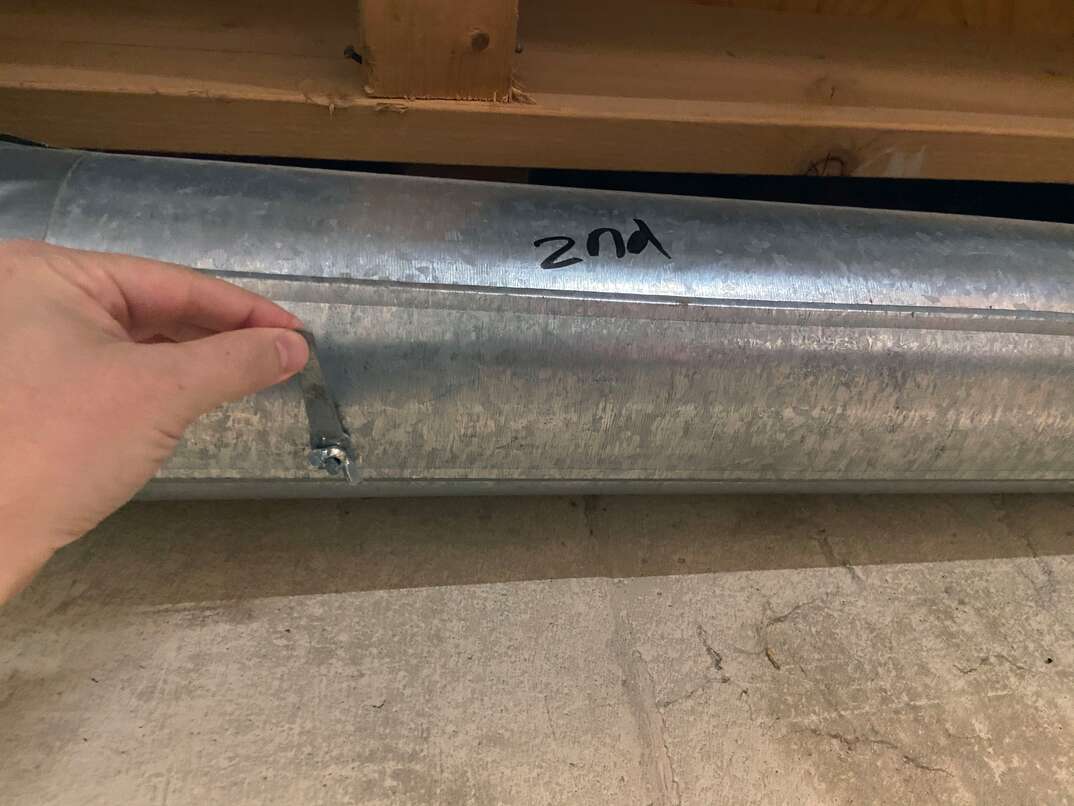5 insulation tips to save Energy and Money

Sleeping without covers in summer and doubling up on blankets in winter are tactics for feeling comfortable indoors. A better strategy is to provide your house with proper insulation.
Follow these tips to make sure your home has the insulated padding it needs:
1. Understand the importance of insulation
Whether you're building a new home or remodeling an old one, insulation is critical for controlling heat flow, reducing utility costs and maintaining a comfortable temperature indoors. By slowing conductive heat flow or reducing heat gain, home insulation pushes hot air to cooler areas to maintain a balanced temperature throughout the house. For insulation to do its job properly, you need to be mindful of the location, material and amount.
2. Insulate in the right areas
For the utmost efficiency, you need to insulate your home from the top and all the way down to its foundation. Start in the attic, filling in the areas between the floor joists and rafters, as well as the attic access door. The idea is to seal off the living spaces below the attic. You also want to insulate all exterior walls, including those that separate living spaces, garage and foundation walls, and storage areas. Cover the floors too, especially those above crawl spaces and unheated garages. Along with padded insulation, seal windows, doors, vents and ductwork with caulk or weather stripping.
3. Use the right insulation
Insulation can be made of various materials, which are well-suited for different areas of the home. Made from mineral fibers like fiberglass and rock wool, rolls and bats are available in standard sizes that work for attic walls and floor joists. Loose-fill insulation has to be blown into spaces, which allows it to conform to any size cavity. It also makes life easier when insulating hard-to-reach places and attics with lots of wires, ducts and pipes. Rigid foam or fiberglass insulation is effective for exterior and foundation walls, while foam-in-place can be blown into walls, attics and floors. You can also buy small cans of foam-in-place insulation and apply it to window and door frames to prevent air leaks.
4. Determine the right amount of insulation
Reference local building codes to determine how much insulation your home needs. Most properties require insulation in the floors of unfinished attics, in exterior walls and between the garage and living spaces. However, some areas require homeowners to insulate foundation walls and slab as well.
The amount of insulation also has a corresponding R-value, which specifies the resistance to heat flow. The higher the R-value, the more effective the insulation, but the ideal number depends on climate and the type of heating and cooling system. For instance, homes in Florida require less insulation with smaller R-values, especially when compared to the cooler climates in northern states like New York and Illinois. A local insulation contractor can help you determine the ideal R-value for your home, or you can reference these recommended R-values by region from ENERGY STAR.
5. Consider all seasons
Remember that insulation keeps the cool, drafty winter air out of your home during cooler months, but it's also responsible for maintaining a comfortable indoor temperature during the summer. When you install the right type and amount of insulation, you can prepare your home's HVAC systems to run efficiently all year long. Plus, keeping your insulation up to par is an important part of seasonal and HVAC maintenance. Double your efforts by draft-proofing your home for even better results.
Proper insulation can prevent your home heating and cooling systems from working harder than necessary - and may help to lower your utility bills.
Being prepared before HVAC issues arise is always a good strategy. Plans from HomeServe can help with the costs of covered repairs. See what plans are available in your area.


